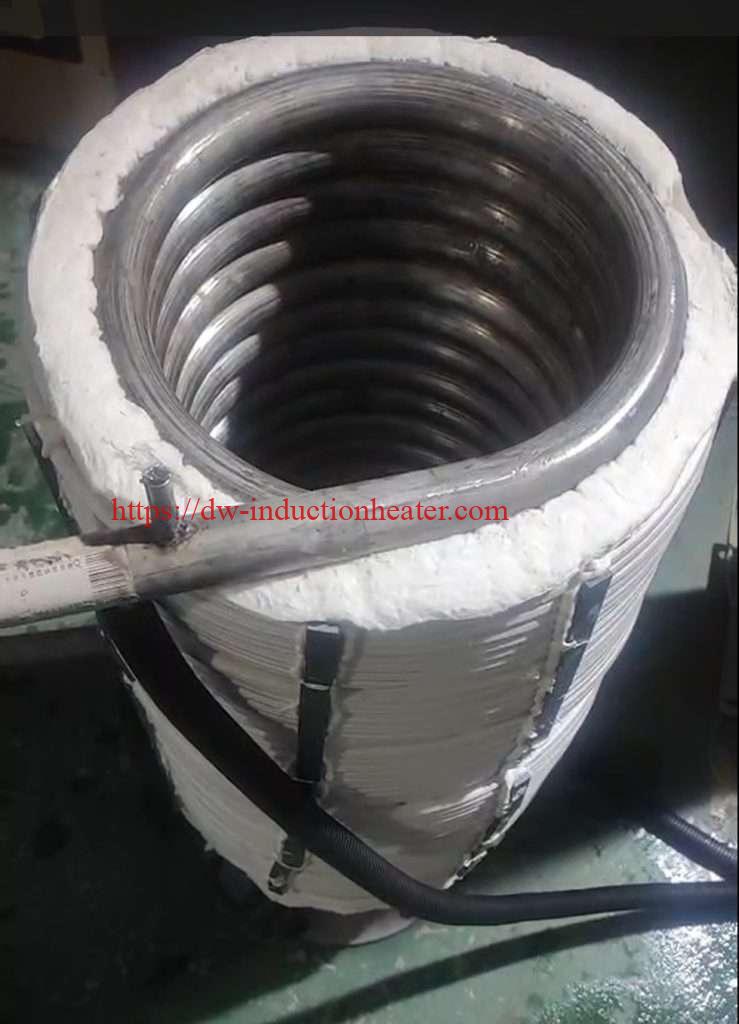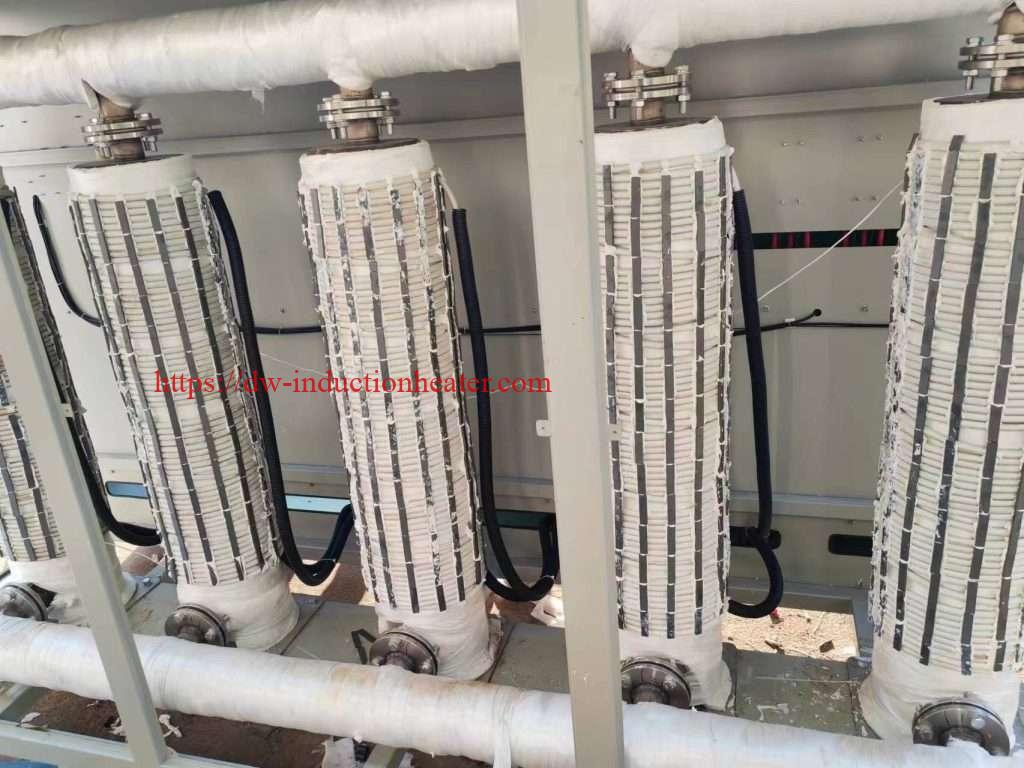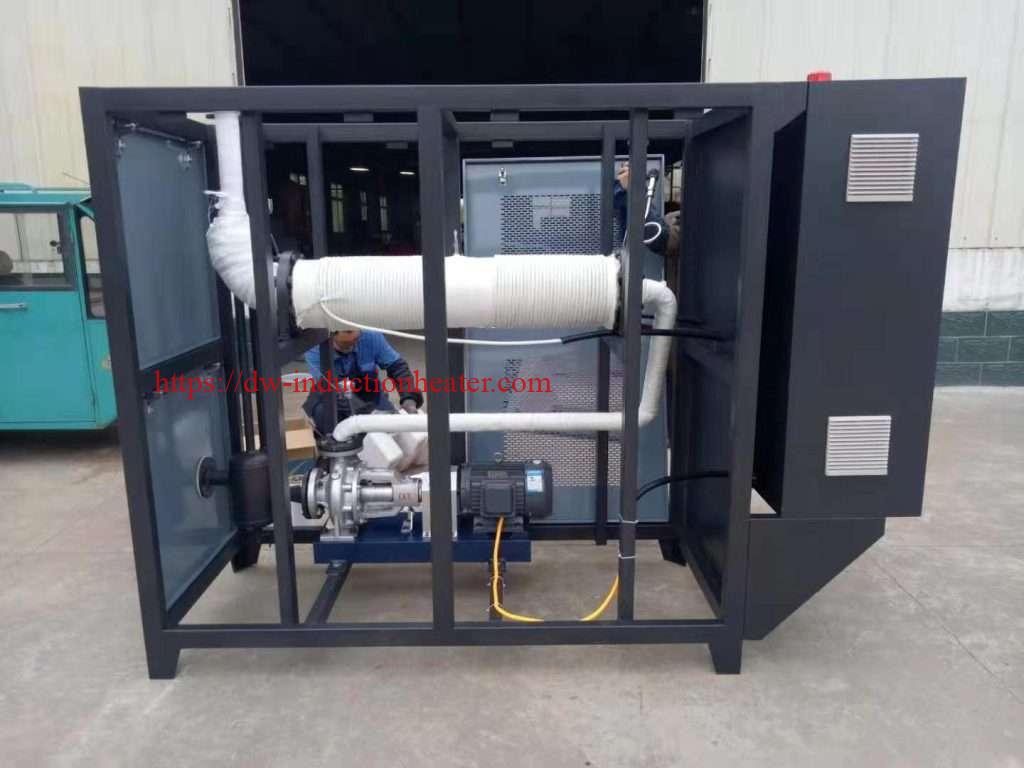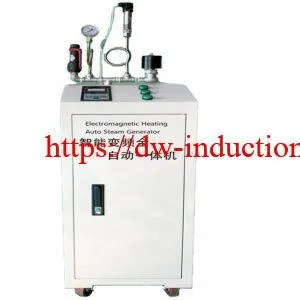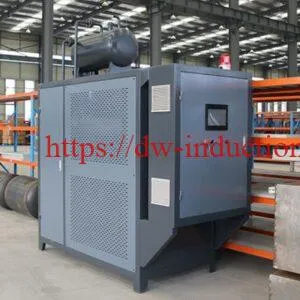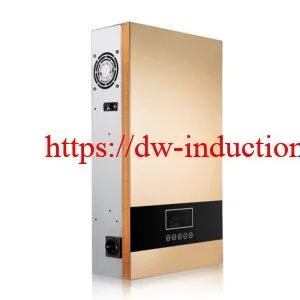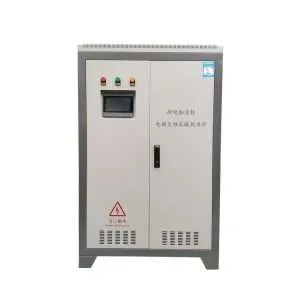-
1/7

-
2/7
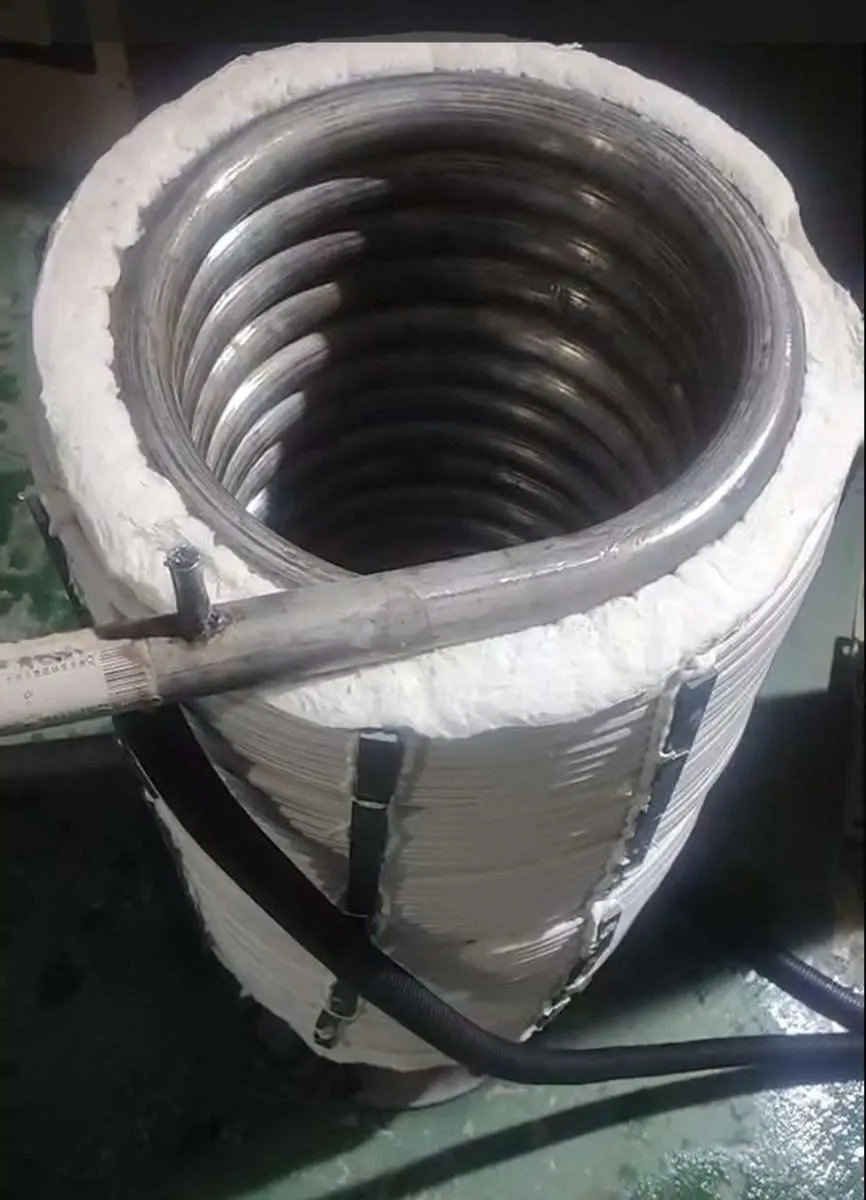
-
3/7

-
4/7
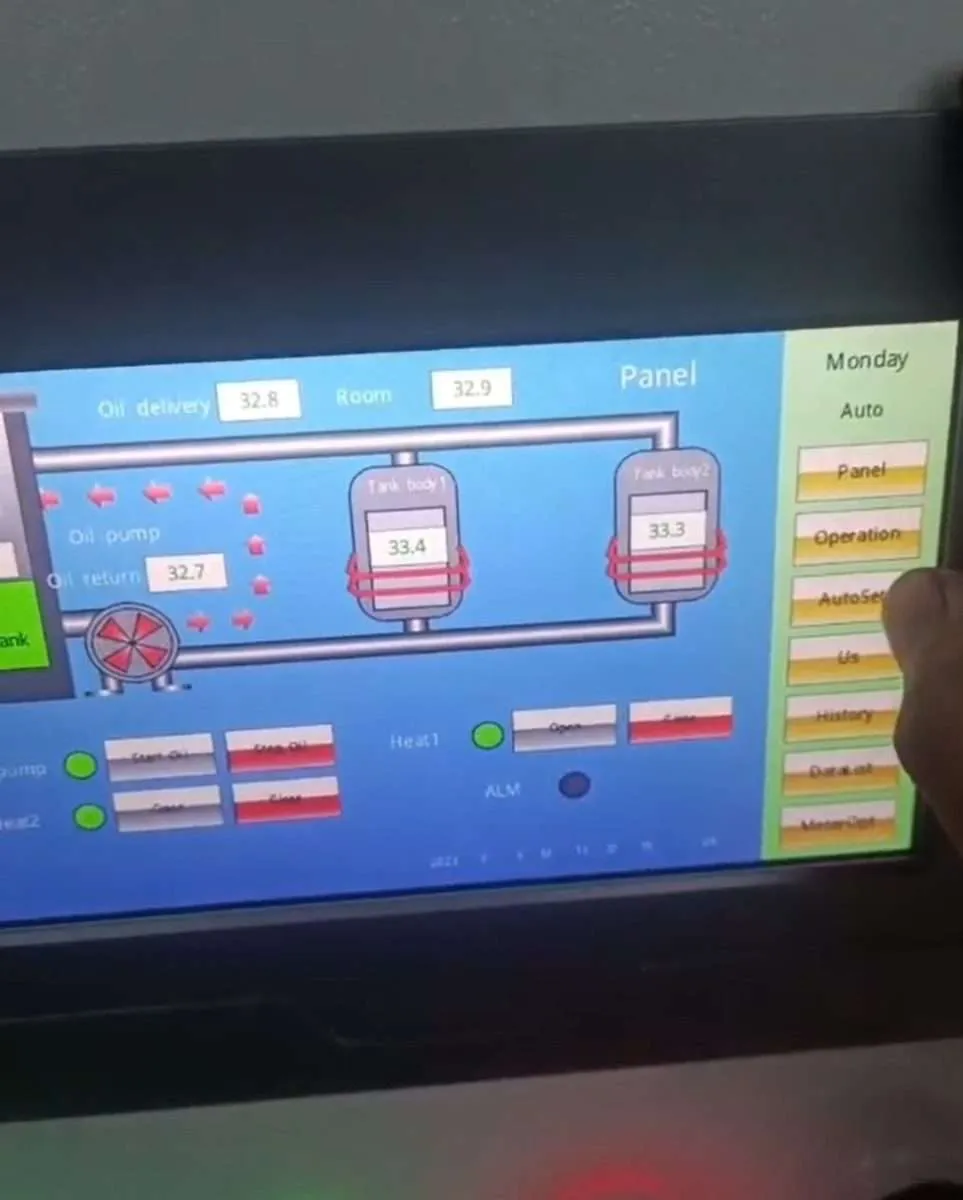
-
5/7
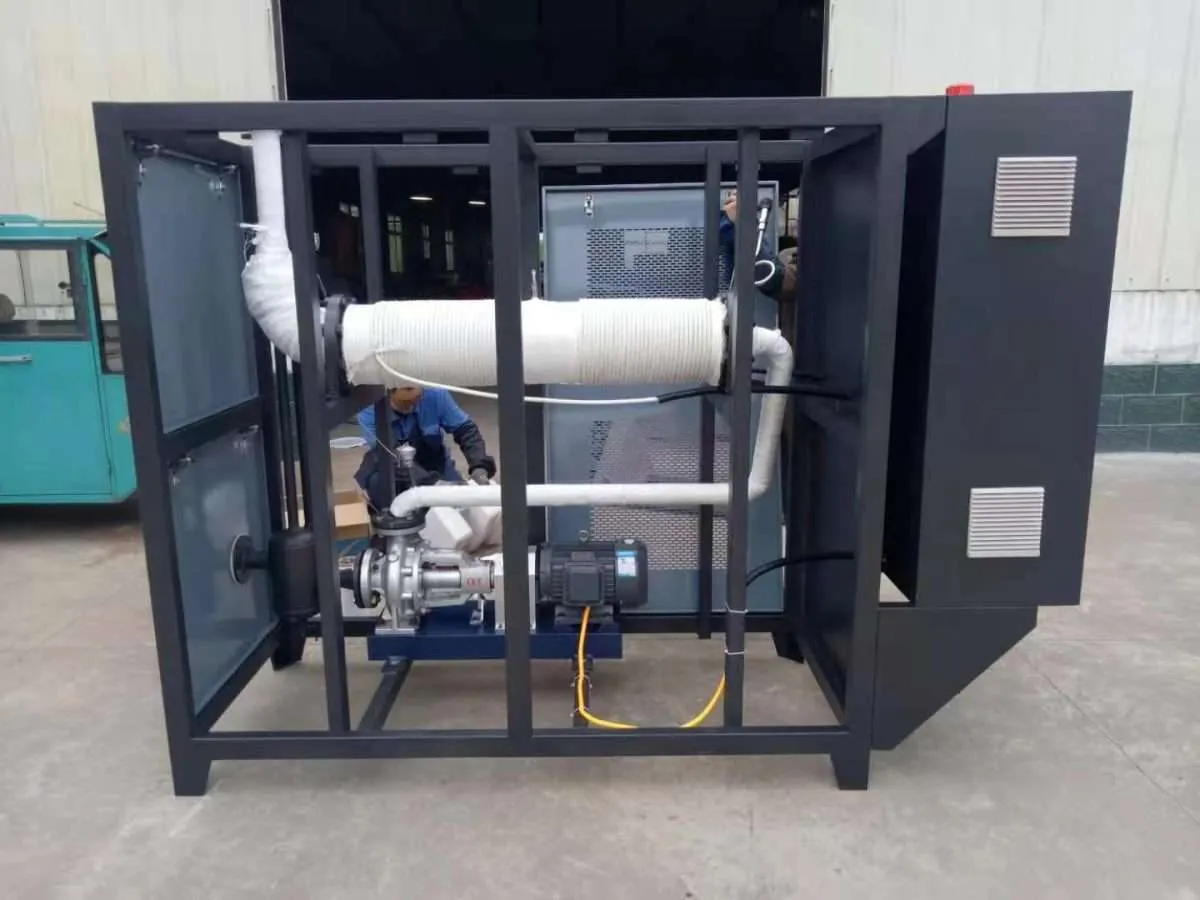
-
6/7
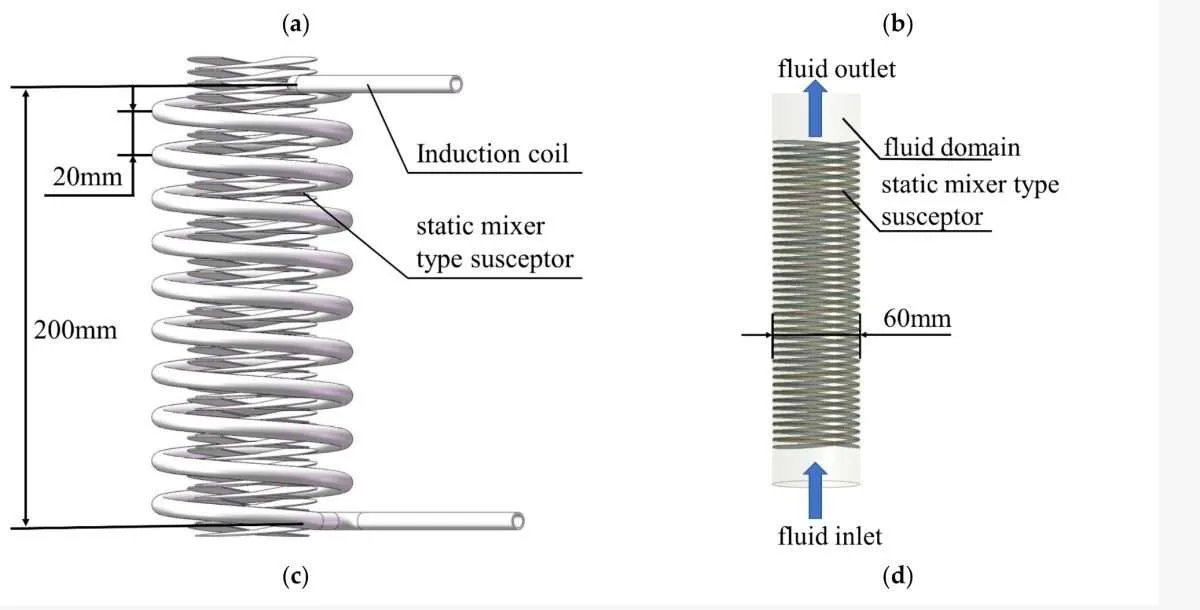
Induction thermal fluid heaters-Induction heat transfer oil boilers
Induction thermal fluid heaters are advanced heating systems that utilize the principles of electromagnetic induction to directly heat a circulating thermal fluid.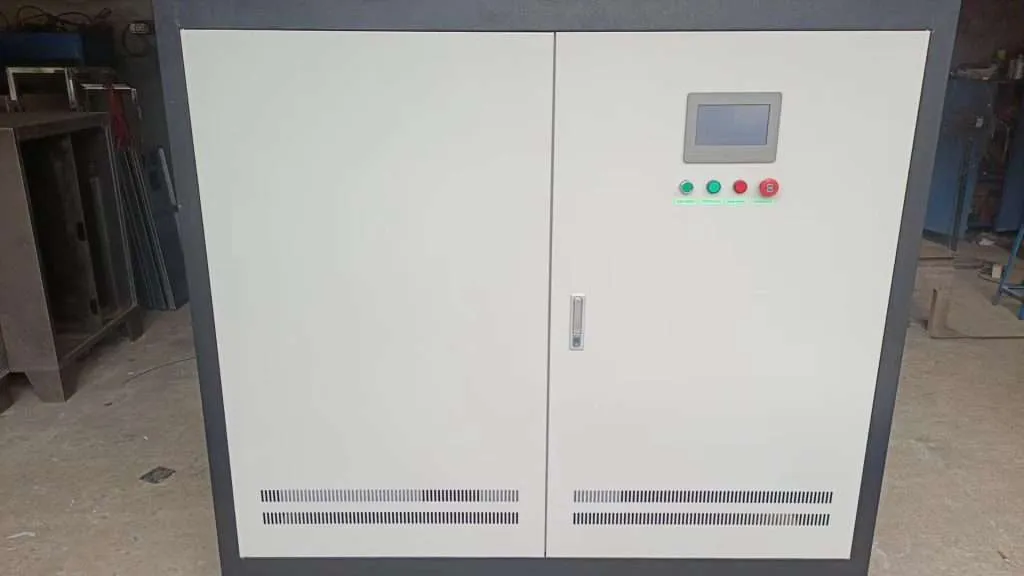
Induction thermal fluid heaters have emerged as a promising technology in various industrial sectors, offering numerous advantages over traditional heating methods. This paper explores the principles, design, and applications of induction thermal fluid heaters, highlighting their benefits and potential challenges. Through a comprehensive analysis of their energy efficiency, precise temperature control, and reduced maintenance requirements, this study demonstrates the superiority of induction heating technology in modern industrial processes. Furthermore, case studies and comparative analyses provide practical insights into the successful implementation of induction thermal fluid heaters in chemical plants and other industries. The paper concludes with a discussion on the future prospects and advancements of this technology, emphasizing its potential for further optimization and innovation.
Technical Parameter
| Induction thermal fluid heating boiler | Induction thermal oil heater | ||||||
| Model Specifications | DWOB-80 | DWOB-100 | DWOB-150 | DWOB-300 | DWOB-600 | |
| Design pressure (MPa) | 0.5 | 0.5 | 0.5 | 0.5 | 0.5 | |
| Working pressure (MPa) | 0.4 | 0.4 | 0.4 | 0.4 | 0.4 | |
| Rated power (KW) | 80 | 100 | 150 | 300 | 600 | |
| Rated current (A) | 120 | 150 | 225 | 450 | 900 | |
| Rated voltage (V) | 380 | 380 | 380 | 380 | 380 | |
| Precision | ±1°C | |||||
| Temperature range (℃) | 0-350 | 0-350 | 0-350 | 0-350 | 0-350 | |
| Thermal efficiency | 98% | 98% | 98% | 98% | 98% | |
| Pump head | 25/38 | 25/40 | 25/40 | 50/50 | 55/30 | |
| Pump flow | 40 | 40 | 40 | 50/60 | 100 | |
| Motor Power | 5.5 | 5.5/7.5 | 20 | 21 | 22 | |
Introduction
1.1 Overview of induction heating technology
Induction heating is a non-contact heating method that utilizes electromagnetic induction to generate heat within a target material. This technology has gained significant attention in recent years due to its ability to provide rapid, precise, and efficient heating solutions. Induction heating finds applications in various industrial processes, including metal treatment, welding, and thermal fluid heating (Rudnev et al., 2017).
1.2 Principle of induction thermal fluid heaters
Induction thermal fluid heaters operate on the principle of electromagnetic induction. An alternating current is passed through a coil, creating a magnetic field that induces eddy currents in a conductive target material. These eddy currents generate heat within the material through Joule heating (Lucia et al., 2014). In the case of induction thermal fluid heaters, the target material is a thermal fluid, such as oil or water, which is heated as it passes through the induction coil.
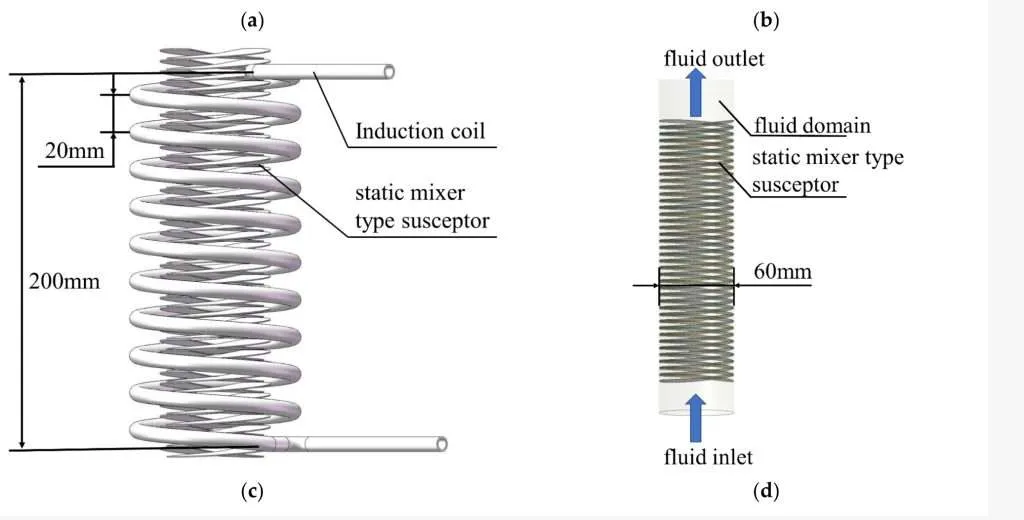
1.3 Advantages over traditional heating methods
Induction thermal fluid heaters offer several advantages over traditional heating methods, such as gas-fired or electric resistance heaters. They provide rapid heating, precise temperature control, and high energy efficiency (Zinn & Semiatin, 1988). Additionally, induction heaters have a compact design, reduced maintenance requirements, and longer equipment lifespan compared to their traditional counterparts.
Design and Construction of Induction Thermal Fluid Heaters
2.1 Key components and their functions
The main components of an induction thermal fluid heater include an induction coil, a power supply, a cooling system, and a control unit. The induction coil is responsible for generating the magnetic field that induces heat in the thermal fluid. The power supply provides the alternating current to the coil, while the cooling system maintains the optimal operating temperature of the equipment. The control unit regulates the power input and monitors the system parameters to ensure safe and efficient operation (Rudnev, 2008).
2.2 Materials used in construction
The materials used in the construction of induction thermal fluid heaters are chosen based on their electrical, magnetic, and thermal properties. The induction coil is typically made of copper or aluminum, which have high electrical conductivity and can efficiently generate the required magnetic field. The thermal fluid containment vessel is made of materials with good thermal conductivity and corrosion resistance, such as stainless steel or titanium (Goldstein et al., 2003).
2.3 Design considerations for efficiency and durability
To ensure optimal efficiency and durability, several design considerations must be taken into account when constructing induction thermal fluid heaters. These include the geometry of the induction coil, the frequency of the alternating current, and the properties of the thermal fluid. The coil geometry should be optimized to maximize the coupling efficiency between the magnetic field and the target material. The frequency of the alternating current should be selected based on the desired heating rate and the properties of the thermal fluid. Additionally, the system should be designed to minimize heat losses and ensure uniform heating of the fluid (Lupi et al., 2017).
Applications in Various Industries
3.1 Chemical processing
Induction thermal fluid heaters find extensive applications in the chemical processing industry. They are used for heating reaction vessels, distillation columns, and heat exchangers. The precise temperature control and rapid heating capabilities of induction heaters enable faster reaction rates, improved product quality, and reduced energy consumption (Mujumdar, 2006).
3.2 Food and beverage manufacturing
In the food and beverage industry, induction thermal fluid heaters are employed for pasteurization, sterilization, and cooking processes. They provide uniform heating and precise temperature control, ensuring consistent product quality and safety. Induction heaters also offer the advantage of reduced fouling and easier cleaning compared to traditional heating methods (Awuah et al., 2014).
3.3 Pharmaceuticals production
Induction thermal fluid heaters are used in the pharmaceutical industry for various processes, including distillation, drying, and sterilization. The precise temperature control and rapid heating capabilities of induction heaters are critical for maintaining the integrity and quality of pharmaceutical products. Additionally, the compact design of induction heaters allows for easy integration into existing production lines (Ramaswamy & Marcotte, 2005).
3.4 Plastics and rubber processing
In the plastics and rubber industry, induction thermal fluid heaters are used for molding, extrusion, and curing processes. The uniform heating and precise temperature control provided by induction heaters ensure consistent product quality and reduced cycle times. Induction heating also enables faster startups and changeovers, improving overall production efficiency (Goodship, 2004).
3.5 Paper and pulp industry
Induction thermal fluid heaters find applications in the paper and pulp industry for drying, heating, and evaporation processes. They provide efficient and uniform heating, reducing energy consumption and improving product quality. The compact design of induction heaters also allows for easy integration into existing paper mills (Karlsson, 2000).
3.6 Other potential applications
Apart from the industries mentioned above, induction thermal fluid heaters have the potential for applications in various other sectors, such as textile processing, waste treatment, and renewable energy systems. to seek energy-efficient and precise heating solutions, the demand for induction thermal fluid heaters is expected to grow.
Benefits and Advantages
4.1 Energy efficiency and cost savings
One of the primary advantages of induction thermal fluid heaters is their high energy efficiency. Induction heating directly generates heat within the target material, minimizing heat losses to the surroundings. This results in energy savings of up to 30% compared to traditional heating methods (Zinn & Semiatin, 1988). The improved energy efficiency translates into reduced operating costs and lower environmental impact.
4.2 Precise temperature control
Induction thermal fluid heaters offer precise temperature control, enabling accurate regulation of the heating process. The rapid response of induction heating allows for quick adjustments to temperature changes, ensuring consistent product quality. The precise temperature control also minimizes the risk of overheating or underheating, which can lead to product defects or safety hazards (Rudnev et al., 2017).
4.3 Rapid heating and reduced processing time
Induction heating provides rapid heating of the target material, significantly reducing processing times compared to traditional heating methods. The fast heating rates enable shorter startup times and quicker changeovers, improving overall production efficiency. The reduced processing time also leads to increased throughput and higher productivity (Lucia et al., 2014).
4.4 Improved product quality and consistency
The uniform heating and precise temperature control provided by induction thermal fluid heaters result in improved product quality and consistency. The rapid heating and cooling capabilities of induction heaters minimize the risk of thermal gradients and ensure uniform properties throughout the product. This is particularly important in industries such as food processing and pharmaceuticals, where product quality and safety are critical (Awuah et al., 2014).
4.5 Reduced maintenance and longer equipment lifespan
Induction thermal fluid heaters have reduced maintenance requirements compared to traditional heating methods. The absence of moving parts and the non-contact nature of induction heating minimize wear and tear on the equipment. Additionally, the compact design of induction heaters reduces the risk of leaks and corrosion, further extending the equipment lifespan. The reduced maintenance requirements result in lower downtime and maintenance costs (Goldstein et al., 2003).
Challenges and Future Developments
5.1 Initial investment costs
One of the challenges associated with the adoption of induction thermal fluid heaters is the initial investment cost. Induction heating equipment is generally more expensive than traditional heating systems. However, the long-term benefits of energy efficiency, reduced maintenance, and improved product quality often justify the initial investment (Rudnev, 2008).
5.2 Operator training and safety considerations
The implementation of induction thermal fluid heaters requires proper operator training to ensure safe and efficient operation. Induction heating involves high-frequency electrical currents and strong magnetic fields, which can pose safety risks if not handled properly. Adequate training and safety protocols must be in place to minimize the risk of accidents and ensure compliance with relevant regulations (Lupi et al., 2017).
5.3 Integration with existing systems
The integration of induction thermal fluid heaters into existing industrial processes can be challenging. It may require modifications to the existing infrastructure and control systems. Proper planning and coordination are necessary to ensure seamless integration and minimize disruptions to ongoing operations (Mujumdar, 2006).
5.4 Potential for further optimization and innovation
Despite the advancements in induction heating technology, there is still potential for further optimization and innovation. Ongoing research focuses on improving the efficiency, reliability, and versatility of induction thermal fluid heaters. Areas of interest include the development of advanced materials for induction coils, the optimization of coil geometries, and the integration of smart control systems for real-time monitoring and adjustment (Rudnev et al., 2017).
Case Studies
6.1 Successful implementation in a chemical plant
A case study conducted by Smith et al. (2019) investigated the successful implementation of induction thermal fluid heaters in a chemical processing plant. The plant replaced its traditional gas-fired heaters with induction heaters for a distillation process. The results showed a 25% reduction in energy consumption, a 20% increase in production capacity, and a 15% improvement in product quality. The payback period for the initial investment was calculated to be less than two years.
6.2 Comparative analysis with traditional heating methods
A comparative analysis by Johnson and Williams (2017) evaluated the performance of induction thermal fluid heaters against traditional electric resistance heaters in a food processing facility. The study found that induction heaters consumed 30% less energy and had a 50% longer equipment lifespan compared to electric resistance heaters. The precise temperature control provided by induction heaters also resulted in a 10% reduction in product defects and a 20% increase in overall equipment effectiveness (OEE).
Conclusion
7.1 Summary of key points
This paper has explored the advancements and applications of induction thermal fluid heaters in modern industry. The principles, design considerations, and benefits of induction heating technology have been discussed in detail. The versatility of induction thermal fluid heaters across various industries, including chemical processing, food and beverage manufacturing, pharmaceuticals, plastics and rubber, and paper and pulp, has been highlighted. The challenges associated with the adoption of induction heating, such as initial investment costs and operator training, have also been addressed.
7.2 Outlook for future adoption and advancements
The case studies and comparative analyses presented in this paper demonstrate the superior performance of induction thermal fluid heaters over traditional heating methods. The benefits of energy efficiency, precise temperature control, rapid heating, improved product quality, and reduced maintenance make induction heating an attractive choice for modern industrial processes. As industries continue to prioritize sustainability, efficiency, and product quality, the adoption of induction thermal fluid heaters is expected to increase. Further advancements in materials, design optimization, and control systems will drive the future development of this technology, unlocking new possibilities for industrial heating applications.

